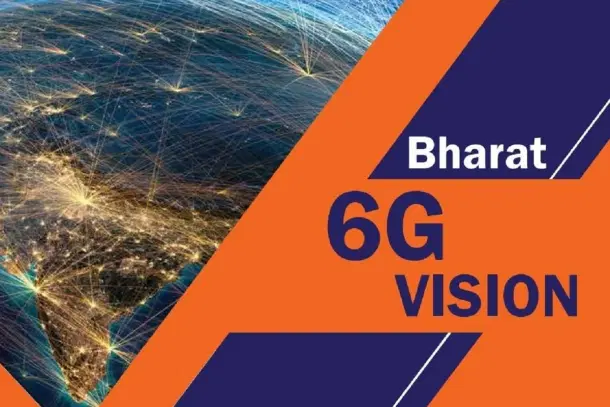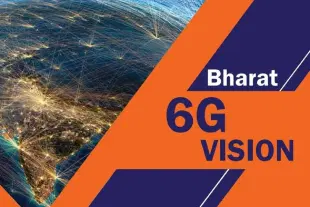News Brief
India Gears Up For 6G Roll Out By 2030 As Global Telecom Body Studies Key Frequency Bands For Next-Gen Mobile Networks
Kuldeep Negi
Mar 12, 2025, 02:47 PM | Updated 02:47 PM IST
Save & read from anywhere!
Bookmark stories for easy access on any device or the Swarajya app.


India is gearing up to be a major player in the global 6G rollout, with the government setting an ambitious vision for the next-generation telecom technology.
While 6G is still in the development phase worldwide and is expected to be available by 2030, India has already laid the groundwork with its Bharat 6G Vision.
Launched by Prime Minister Narendra Modi on 23 March 2023, the Bharat 6G Vision aims to position India as a key contributor in the design, development, and deployment of 6G technology by the end of the decade.
The vision emphasises three key principles: affordability, sustainability, and ubiquity.
To drive this initiative, the Bharat 6G Alliance has been set up, bringing together industry, academia, national research institutions, and standards organizations to create an action plan for the rollout.
Key Frequency Bands Under Study for 6G
Globally, discussions on 6G spectrum allocation are progressing, with the International Telecommunication Union (ITU) currently studying several bands for the next-generation mobile networks.
The frequency bands 4400-4800 MHz, 7125-8400 MHz (or parts thereof), and 14.8-15.35 GHz are being studied in International Telecommunication Union (ITU) for the use of International Mobile Telecommunications (IMT).
Based on the outcome of these studies, a decision on identification of these bands for IMT use will be taken at World Radio communication Conference in year 2027, Union Minister of State for Communications and Rural Development Pemmasani Chandra Sekhar told the Lok Sabha on Wednesday (12 March).
These frequency bands are to be considered for 'IMT2030’, also known as '6G’, the minister added.
India’s Current Telecom Spectrum
As of now, India has already allocated several bands for mobile services, including 600 MHz, 700 MHz, 800 MHz, 900 MHz, 1800 MHz, 2100 MHz, 2300 MHz, 2500 MHz, 3300 MHz, and 26 GHz.
Telecom Service Providers (TSPs) who have acquired spectrum through auctions are permitted to deploy any technology, including 2G, 3G, 4G, 5G, and 6G, as long as the device ecosystem supports it.
Kuldeep is Senior Editor (Newsroom) at Swarajya. He tweets at @kaydnegi.





